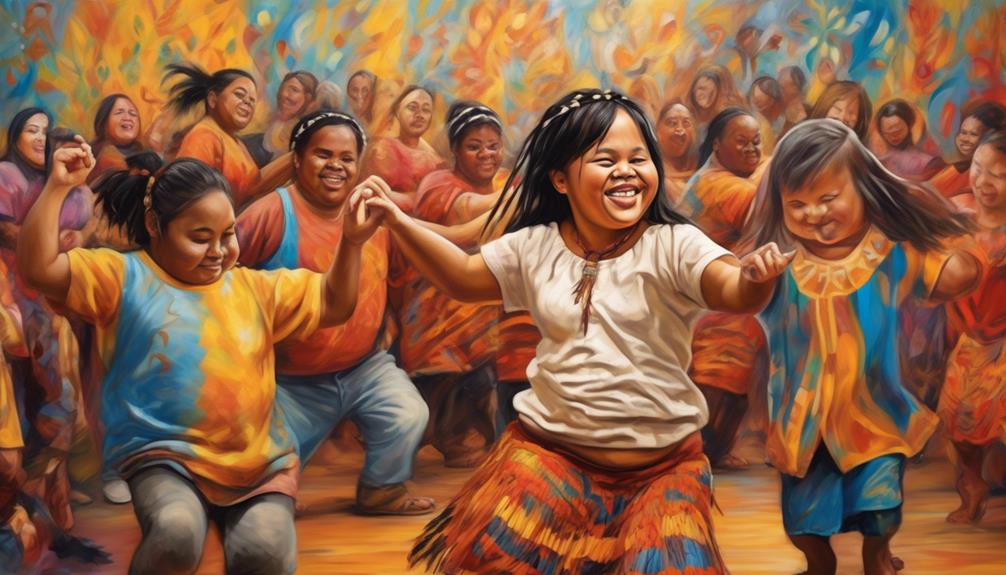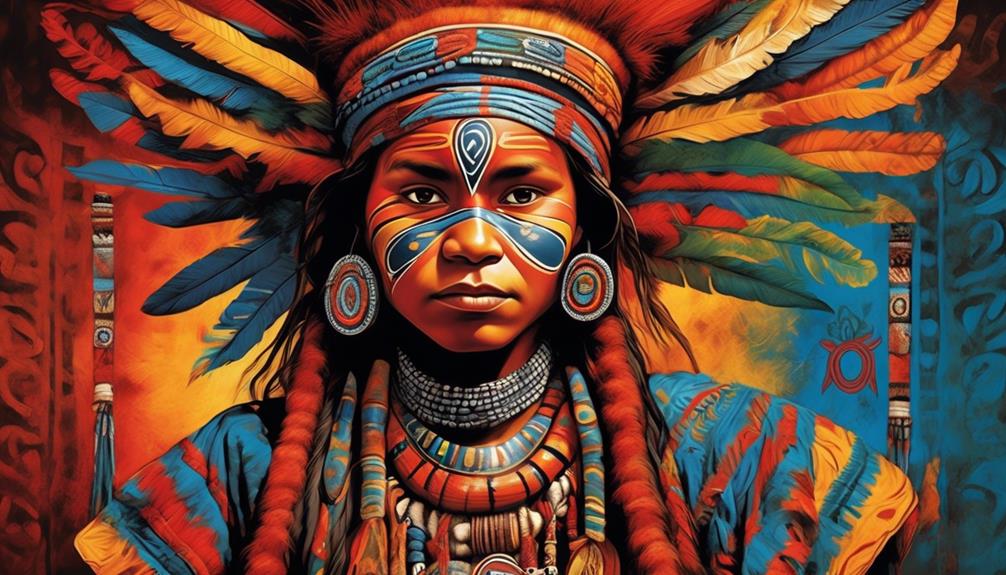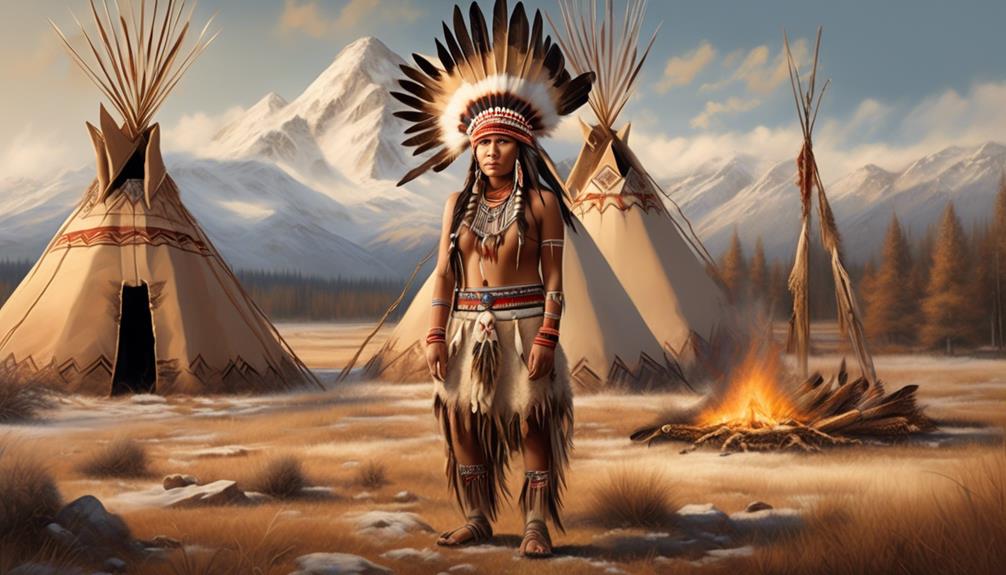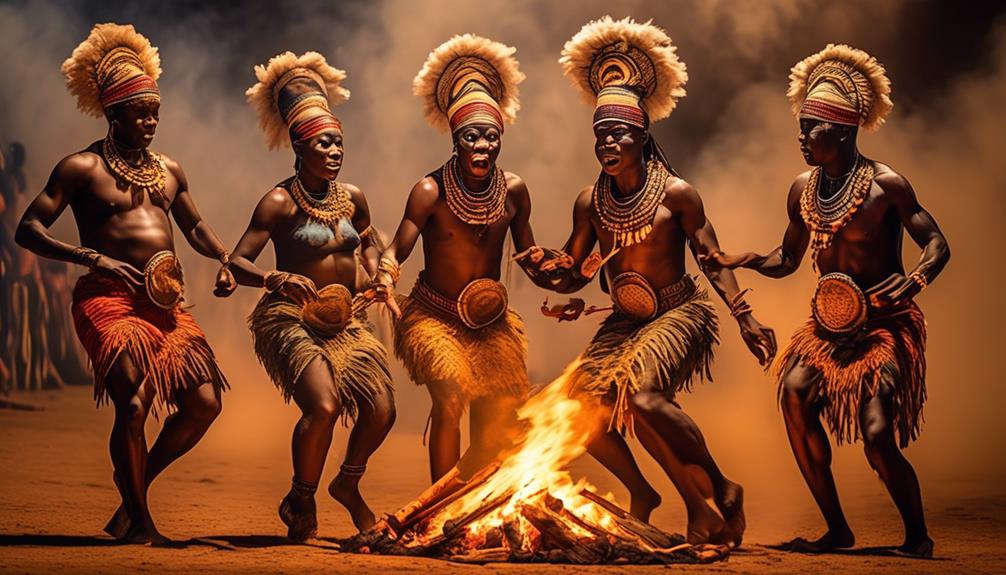We are all aware of the challenges that Indigenous communities face when it comes to obtaining safe and adequate housing. One organization that is making a difference in addressing these issues is the Aboriginal Housing Office (AHO) in New South Wales, Australia.
Their innovative programs and services, tailored to the specific needs of Aboriginal and Torres Strait Islander peoples, have garnered attention both nationally and internationally.
But what exactly sets AHO apart in their approach, and how do they ensure sustainable and culturally appropriate housing solutions for Indigenous communities?
Let's explore the mission, objectives, and initiatives of the Aboriginal Housing Office to gain a deeper understanding of their impactful work.
Key Takeaways
- The Aboriginal Housing Office's mission is to provide affordable and sustainable housing solutions for Indigenous communities in Australia.
- The organization works with communities, government agencies, and the private sector to address the housing needs of Indigenous people and ensure they have access to safe and affordable housing.
- The Aboriginal Housing Office offers a range of housing programs and services tailored to the specific requirements of Indigenous communities, with a focus on enhancing housing affordability and providing rental assistance.
- The organization prioritizes sustainable and culturally appropriate housing, incorporating traditional design elements, environmentally friendly practices, and energy-efficient appliances.
AHO's Mission and Objectives
The Aboriginal Housing Office (AHO) has a primary mission and objectives. The AHO's mission is to provide affordable and sustainable housing solutions for Indigenous communities in Australia. Our primary objective is to address the housing needs of Indigenous people by working closely with communities, government agencies, and the private sector to improve Indigenous housing outcomes.
The AHO's mission statement guides our efforts to ensure that every Indigenous individual and family has access to safe and affordable housing. We're committed to creating housing solutions that are culturally appropriate, environmentally sustainable, and economically viable. Our organizational structure is designed to support this mission, with dedicated teams focusing on community engagement, housing development, and policy advocacy.
Indigenous housing affordability is at the core of our objectives. We strive to develop innovative housing models and financing options that empower Indigenous communities to own and manage their housing assets. By collaborating with various stakeholders, we aim to address the systemic barriers to Indigenous housing and create lasting positive change.
Housing Programs and Services

Building on our commitment to addressing Indigenous housing needs, the Aboriginal Housing Office (AHO) offers a range of housing programs and services tailored to the specific requirements of Indigenous communities in Australia. Our primary focus is on enhancing housing affordability and providing rental assistance to Indigenous individuals and families. To achieve this, we've established targeted programs that aim to increase access to affordable housing options while ensuring that the unique cultural and social needs of Indigenous communities are respected.
One of our key initiatives is the provision of rental assistance, which is designed to support Indigenous households facing financial challenges in meeting their rental obligations. Through this program, we strive to alleviate the burden of housing costs and prevent homelessness within Indigenous communities.
Additionally, we offer housing affordability programs that aim to create opportunities for Indigenous individuals and families to secure stable and affordable housing options. By collaborating with local stakeholders and community leaders, we can effectively tailor our programs and services to meet the diverse housing needs of Indigenous communities across Australia.
Community Engagement and Empowerment
Engaging with Indigenous communities to empower them through tailored housing programs and services is a core priority for the Aboriginal Housing Office (AHO). Our engagement strategies are designed to foster meaningful and collaborative relationships with Indigenous communities, ensuring that their voices are heard and valued in the decision-making processes. Empowerment initiatives are aimed at building capacity within these communities, providing them with the knowledge and resources to take ownership of their housing needs and solutions.
Our approach to community engagement and empowerment revolves around:
- Cultural Sensitivity: We recognize and respect the diverse cultural backgrounds within Indigenous communities, tailoring our engagement approaches to align with their specific cultural protocols and values.
- Capacity Building Workshops: AHO organizes workshops and training sessions to enhance the skills of community members, empowering them to actively participate in the planning and development of housing initiatives.
- Participatory Decision-Making: We advocate for inclusive decision-making processes where community members are actively involved in shaping and implementing housing programs, ensuring that their needs and aspirations are at the forefront of our initiatives.
Sustainable and Culturally Appropriate Housing

In our pursuit of sustainable and culturally appropriate housing, we prioritize integrating traditional knowledge and environmentally friendly practices to create homes that resonate with the values and needs of Indigenous communities. Our approach to sustainable housing involves careful consideration of the environmental impact of construction materials and methods. We strive to incorporate traditional design elements that honor the cultural heritage of Indigenous peoples while also ensuring that the homes are energy-efficient and environmentally friendly.
| Traditional Design Elements | Environmentally Friendly Practices |
|---|---|
| Use of natural materials such as wood, stone, and earth | Implementation of solar panels and energy-efficient appliances |
| Inclusion of communal spaces for traditional gatherings | Incorporation of rainwater harvesting systems |
| Integration of natural ventilation and passive heating techniques | Utilization of sustainable and recycled building materials |
Collaborations and Stakeholder Involvement
We actively seek partnerships with local communities and organizations to collaboratively address housing needs and involve stakeholders in the decision-making process. Our commitment to stakeholder engagement and partnership collaborations is central to our approach in addressing housing challenges.
Here's how we effectively involve stakeholders and foster collaborations:
- Community Consultations: We conduct regular consultations with local Indigenous communities to understand their specific housing needs, cultural preferences, and community dynamics. This ensures that our housing initiatives are culturally appropriate and responsive to the unique requirements of each community.
- Partnership Development: We work closely with non-profit organizations, government agencies, and private sector entities to leverage resources, expertise, and funding opportunities. By forming strategic partnerships, we can maximize our impact and deliver comprehensive housing solutions that align with the diverse needs of Indigenous populations.
- Transparent Decision-Making: We prioritize transparency and inclusivity in our decision-making processes. Through open communication and collaboration with stakeholders, we ensure that their voices are heard, and their input informs the development and implementation of housing initiatives. This approach fosters a sense of ownership and empowerment within the communities we serve.
Frequently Asked Questions
What Are the Specific Eligibility Criteria for Individuals and Families to Access Housing Through the Aboriginal Housing Office?
To access housing, individuals and families must meet specific eligibility criteria. This includes demonstrating housing needs and supporting respectful developments.
Our decision-making process prioritizes those in urgent need and ensures fair access to available housing. Eligibility criteria are designed to ensure that those who most require housing support are able to access it, while also ensuring that the process is fair and respectful to all applicants.
How Does the Aboriginal Housing Office Address the Unique Housing Needs of Different Aboriginal Communities Across the Region?
Addressing the unique housing needs of different aboriginal communities across the region hinges on community engagement and cultural preservation. Understanding the diverse needs and values of each community informs our approach.
We prioritize housing affordability and infrastructure development, tailored to each community's specific requirements. Our commitment to preserving cultural integrity while meeting housing needs is paramount in our efforts.
What Steps Does the Aboriginal Housing Office Take to Ensure That Housing Developments Are Respectful of Traditional Indigenous Cultural Practices and Beliefs?
In ensuring that housing developments are respectful of traditional indigenous cultural practices and beliefs, we prioritize cultural sensitivity and community engagement.
We actively involve indigenous communities in the planning and design process to incorporate traditional practices.
Additionally, we prioritize housing accessibility, ensuring that everyone has access to safe and culturally appropriate housing.
Our approach is rooted in a deep understanding and respect for indigenous cultures, and we work closely with communities to ensure their needs are met.
Can Individuals or Organizations Outside of the Aboriginal Community Participate in the Decision-Making Process for Housing Developments?
Yes, individuals or organizations outside of the aboriginal community can participate in the decision-making process for housing developments through community engagement and external consultation.
This allows for diverse perspectives and input to be considered, leading to more inclusive and well-informed decisions.
It fosters collaboration and understanding between different groups, ensuring that the needs and concerns of all stakeholders are taken into account.
How Does the Aboriginal Housing Office Work With Local Governments and Other Stakeholders to Address Housing Issues on a Broader Scale?
We work closely with local governments and other stakeholders to address housing issues on a broader scale.
Government collaboration is key as we strive to ensure housing accessibility and meet community needs.
We engage in ongoing dialogue with stakeholders and actively seek their input to inform our decision-making process.
Conclusion
As we continue to build the foundation for our community, the Aboriginal Housing Office stands as a beacon of hope and progress.
Just as a tree needs strong roots to grow, our commitment to sustainable and culturally appropriate housing represents the vital support needed to thrive.
Together, we'll cultivate a flourishing environment where every member can find shelter, security, and a sense of belonging.
Join us in nurturing the seeds of change for a brighter future.
Talise is a talented writer and an expert in her field. Her unique perspective and insights enrich our content with depth and authenticity. With a wealth of knowledge and a strong connection to the subjects she writes about, Talise crafts engaging and informative articles that resonate with our readers. Her dedication to bringing Indigenous culture and wisdom to light is truly commendable.









